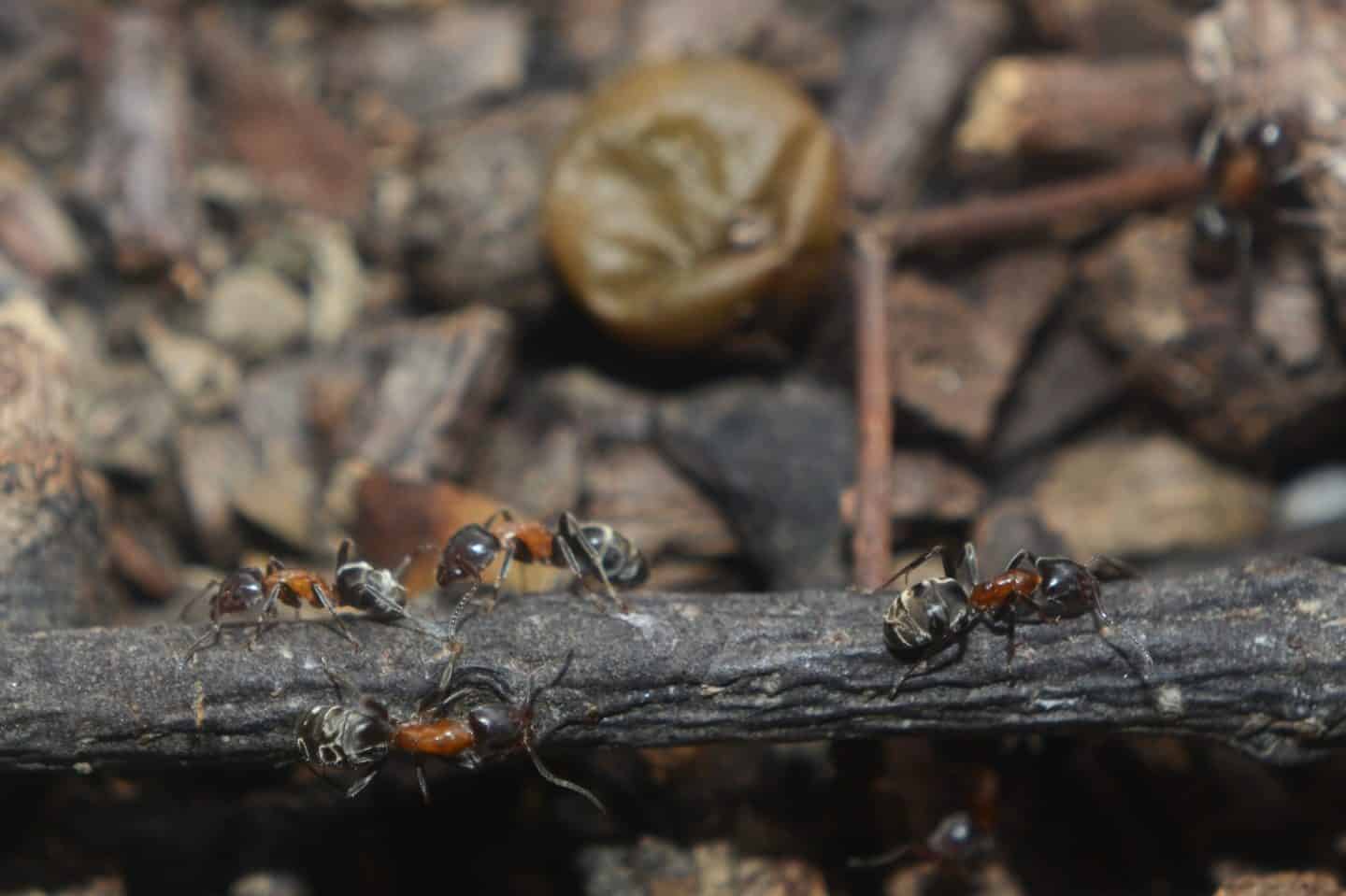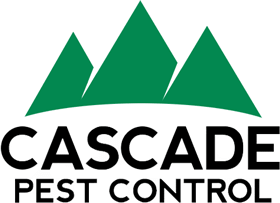Author: Kurt Treftz, Cascade Pest Control
Washington state is home to a number of types of ants, but that is no surprise as these common insects are found the world over – from north to south, east to west, ants reside on nearly every continent and island on earth.
Ants are so abundant and persistent that they inevitably run afoul of humans. Ants are a big annoyance – not just at your picnic but also in your home or business.
Get ahead of the problem and address some of the more common ants found in Washington. One particular nuisance is the Velvety Tree Ant. Here we help you identify this pesky and dangerous pest.
Velvety Tree Ants 101
Velvety Tree Ants are often identified by their abdomen which is covered in tiny hairs that resemble velvet.
- Dark (brownish-black) head
- Lighter (reddish-yellow) thorax
- Black abdomen covered in fine, velvety hairs
- ⅛ to ¼ inch
- Nests in crooks and hollows of trees, dead wood, and even structural insulation. Nests in wall voids are usually not permanent but are used for foraging.
- Eats sweets, honeydew, and other insects and chews on wood
- Distinctives: velvety abdomen and particular odor when crushed

Are Velvety Tree Ants A Problem?
Some ants are more benign than others and with a name like “velvety” you might assume these are a cuddly critter. Velvety tree ants, however, are one of the more dangerous ants.
In addition to nesting in structures and causing structural damage, they are also aggressive biters. When they bite, they often spray poison as well, making the sting comparable to a scorpion.
They can contaminate food and surfaces in your house. Because they feed on other insects more than human food, if you find them in your house, you could likely have another pest infestation on your hands as well. They are also a wood chewing pest so they can cause damage to insulation and wood by tunneling.
Velvety Tree ants emit an unpleasant aroma when crushed. So, they are certainly not something to welcome into your home. The ants also release that same odor when the colony is disturbed.
Velvety Tree ants can be mistaken for both carpenter ants and ordorous house ants because they combine attributes of both of these pests.
How to Prevent Velvety Tree Ants
Instead of dealing with a problem after it has gotten out of hand, it is always wise to prevent an infestation in the first place. Don’t let velvety tree ants get a foothold in your domain.
- Velvety tree ants are attracted to moisture so reduce standing water in your home or yard – and repair any leaky hoses, pipes, faucets, etc.
- Clean up debris in your yard to reduce moist, rotting piles that attract ants.
- Trim back tree branches or shrubs that come into contact with your house or business.
- Seal all exterior cracks, gaps or holes
- Replace all severely damaged wood. Take note of any piles of wood shavings or frass that might reveal the presence of velvety tree ants in or around your house. Also check in fallen timber, tree stumps, or crooks of trees for evidence of velvety tree ant colonies.
Control and Treat Infestations of Velvety Tree Ants
Let Cascade Pest Control help you identify and control your velvety tree ant infestation. If you are facing a problem, don’t go it alone. We are here to help. Contact us today. Give us a call at 888-989-8979.
